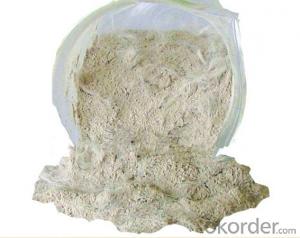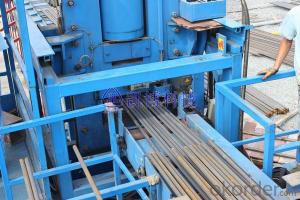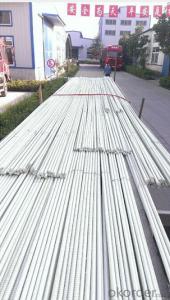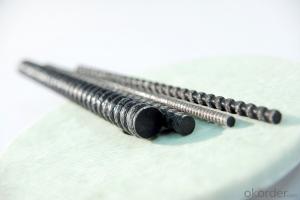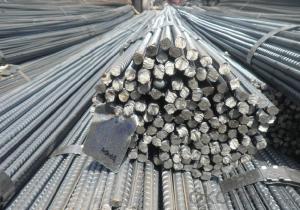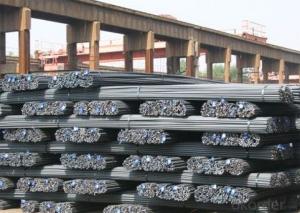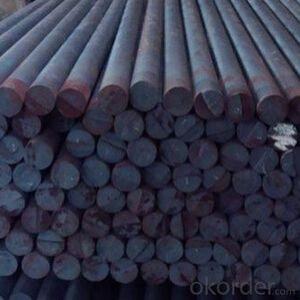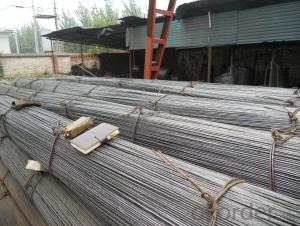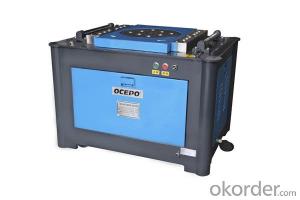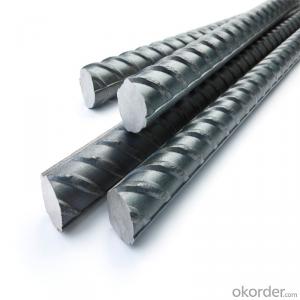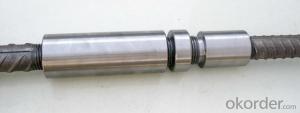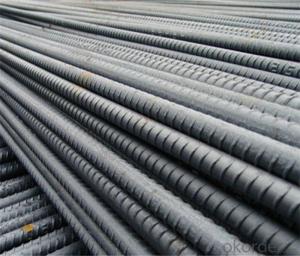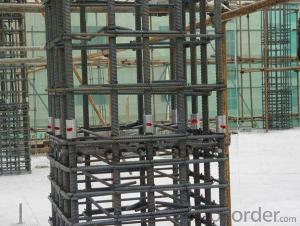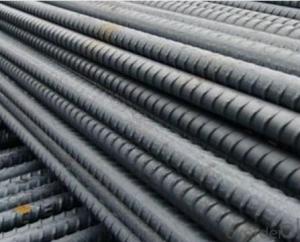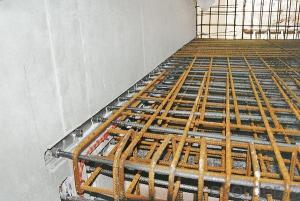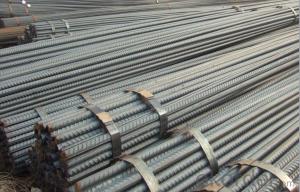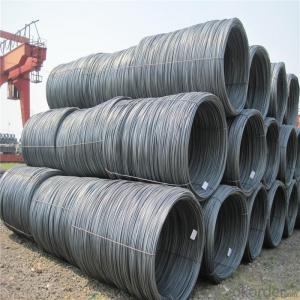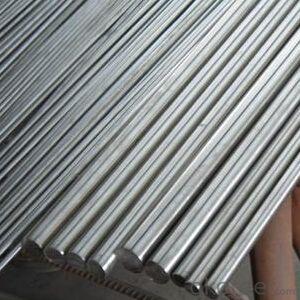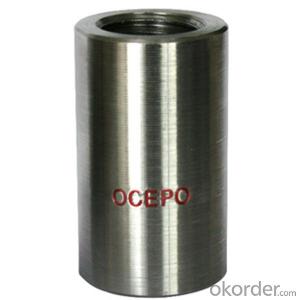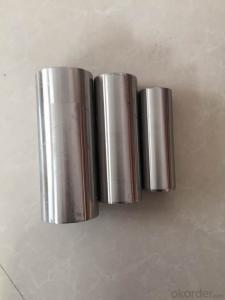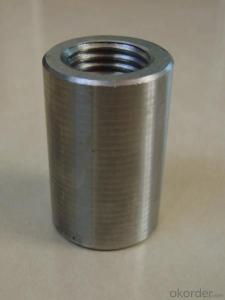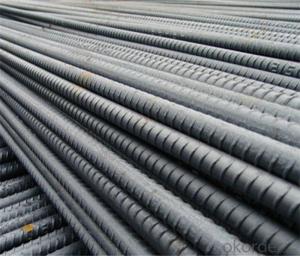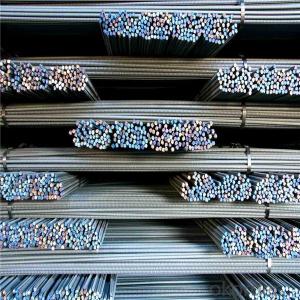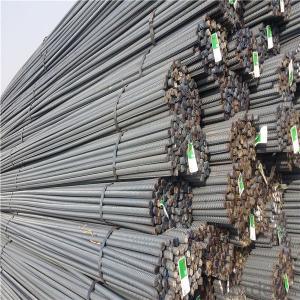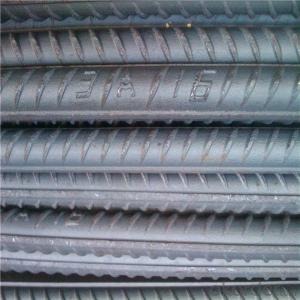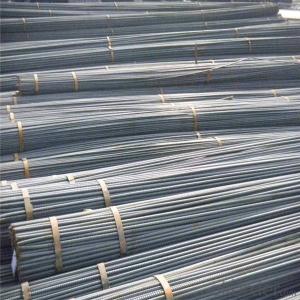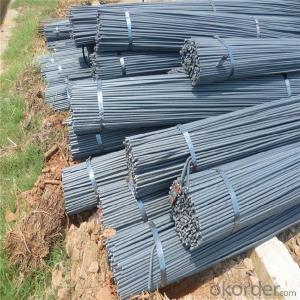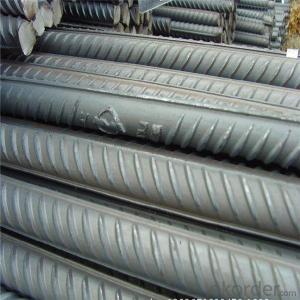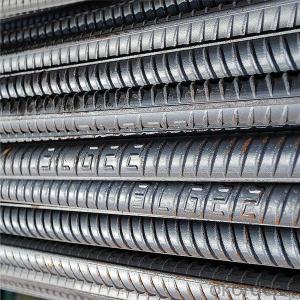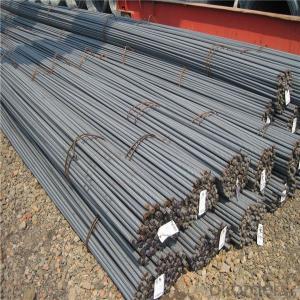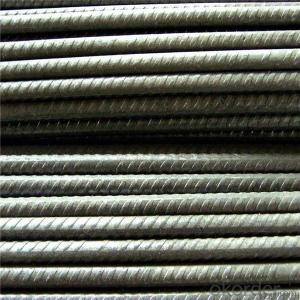Y16 Rebar
Y16 Rebar Related Searches
Hot Rolled Steel Blue Steel Rebar Aisi 1020 Hot Rolled Grade 80 Rebar Rebar Lengths Standard Rebar 10Mm 30M Rebar T10 Rebar Rebar Identification 18J RebarHot Searches
12Mm Mdf Price Hot Rolled Steel Price Hot Rolled Steel PricesY16 Rebar Supplier & Manufacturer from China
Okorder.com is a professional Y16 Rebar supplier & manufacturer, offers integrated one-stop services including real-time quoting and online cargo tracking. We are funded by CNBM Group, a Fortune 500 enterprise and the largest Y16 Rebar firm in China.Hot Products
FAQ
- Yes, there can be restrictions on the use of steel rebars in certain climates. Steel rebars are susceptible to corrosion when exposed to high humidity, saltwater, or acidic environments. In such climates, additional measures like using corrosion-resistant coatings or stainless steel rebars may be required to ensure the longevity and structural integrity of concrete structures.
- Steel rebars can be both easy and challenging to work with, depending on the specific task and the individual's experience and skill level. In general, steel rebars are known for their strength and durability, making them a popular choice in construction projects. They are relatively easy to handle and manipulate due to their uniform shape and standardized sizes. However, working with steel rebars also requires certain precautions and techniques. Cutting and bending rebars can be physically demanding and may require specialized tools such as rebar cutters and benders. Additionally, the weight of rebars can be a challenge, especially when dealing with longer and thicker pieces. Furthermore, proper safety measures need to be followed when working with steel rebars. Wearing protective gear, such as gloves and goggles, is crucial to prevent injuries. Attention must also be paid to avoid any potential hazards, such as sharp edges and protruding rebars. Overall, while steel rebars can be relatively easy to work with for experienced professionals, they may present challenges for individuals with limited knowledge or tools. It is recommended to seek proper training and guidance when working with steel rebars to ensure safety and achieve precise results.
- The guidelines for the proper installation of steel rebars include ensuring proper alignment and spacing, adequate cover, secure anchorage, and appropriate placement within the concrete structure. The rebars should be cleaned of any dirt, rust, or oil before installation, and the concrete should be properly prepared to ensure good bonding between the rebars and the surrounding concrete. Additionally, proper supervision and inspection during the installation process are crucial to ensure compliance with engineering specifications and standards.
- The purpose of using steel rebars in concrete structures is to provide reinforcement and enhance the strength and durability of the concrete. The rebars help to counteract the tensile forces that concrete is weak against, preventing cracks and structural failure. By adding steel rebars, the overall load-bearing capacity of the concrete structure is significantly increased, ensuring its stability and longevity.
- Yes, steel rebars can be used in road and bridge barriers. Steel rebars are commonly used in construction as reinforcement in concrete structures, including road and bridge barriers, due to their high tensile strength and durability.
- Steel rebars can have a significant impact on the overall construction cost of residential buildings. Firstly, steel rebars are essential components in reinforced concrete structures, providing added strength and durability. However, the cost of steel rebars can vary depending on factors such as the size, grade, and quantity required for the project. The use of steel rebars in residential buildings can increase the construction cost due to the expenses involved in purchasing and installing them. The cost of steel itself is subject to market fluctuations and can vary over time. Additionally, the complexity of the design and the amount of reinforcement required can also affect the overall cost. Moreover, the installation of steel rebars involves skilled labor, which can further contribute to the construction expenses. The process of cutting, bending, and placing the rebars requires expertise and precision, which adds to the labor cost. Additionally, the time required for proper installation can impact the overall construction schedule, potentially leading to additional costs if delays occur. However, it is important to note that while steel rebars may increase the upfront construction cost of residential buildings, the long-term benefits they provide outweigh the initial expenses. Reinforced concrete structures with steel rebars offer better resistance to structural failures, such as cracking or collapsing, which can save significant costs in terms of repairs and maintenance in the future. In summary, steel rebars are crucial elements in residential construction, enhancing the strength and durability of reinforced concrete structures. While the use of steel rebars can increase the overall construction cost initially, the long-term benefits they provide in terms of structural integrity and reduced maintenance expenses justify their inclusion in residential building projects.
- The overall construction cost of residential buildings can be significantly influenced by steel rebars. To begin with, steel rebars play a vital role in reinforced concrete structures by adding strength and durability. However, the cost of steel rebars can vary depending on factors such as size, grade, and the quantity required for the project. The inclusion of steel rebars in residential buildings can lead to increased construction costs due to expenses related to their purchase and installation. The cost of steel itself is subject to market fluctuations and can change over time. Furthermore, the complexity of the design and the amount of reinforcement needed can also impact the overall cost. Moreover, the installation of steel rebars involves skilled labor, which further contributes to construction expenses. The process of cutting, bending, and placing rebars requires expertise and precision, which adds to the cost of labor. Additionally, the time required for proper installation can affect the construction schedule, potentially resulting in additional expenses if there are delays. However, it is important to note that although steel rebars may initially increase the upfront construction cost of residential buildings, their long-term benefits outweigh the initial expenses. Reinforced concrete structures with steel rebars offer improved resistance against structural failures, such as cracking or collapsing, which can save significant costs in terms of future repairs and maintenance. In conclusion, steel rebars are essential components in residential construction as they enhance the strength and durability of reinforced concrete structures. While their use may increase the initial construction cost, the long-term advantages in terms of structural integrity and reduced maintenance expenses justify their inclusion in residential building projects.
- There are several different types of coatings that can be applied to steel rebars, including epoxy, zinc, and galvanized coatings. Epoxy coatings provide a protective barrier against corrosion and can be applied as a liquid or powder. Zinc coatings, such as hot-dip galvanizing, involve immersing the steel rebar in molten zinc, forming a durable protective layer. Galvanized coatings involve a similar process but typically use a thinner layer of zinc. These coatings help to extend the lifespan of the steel rebar and prevent corrosion.

